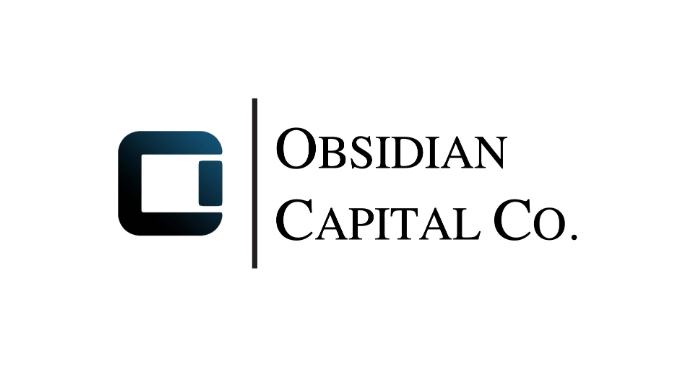Once you can visualize that person vividly and even viscerally, imagine the following scenario: You’re sitting at your desk working away when a message from that person pops up on your screen. You open the message and it reads: “I got the draft presentation you sent. I caught a couple of mistakes, and I have some ideas for how to make it better. I’ll drop by your office at 3 to discuss.”
How does that email make you feel: angry, defensive, or anxious? Are you suddenly looking for an excuse to be out of the office at 3? All of those are very common reactions. Many people would think, “What a jerk, looking for mistakes in my presentation,” or “Yeah, I BET she has a few ideas— she thinks she’s so smart!”
Now, wipe that person out of your mind. Instead, conjure up the colleague with whom you get along really well, the person who always has your back. This is the person you go to when you want to calibrate on an important issue. Once you have that person in mind, imagine this scenario: You’re sitting at your desk working away when a message from the person pops up on your screen. You open the message and it reads: “I got the draft presentation you sent. I caught a couple of mistakes, and I have some ideas for how to make it better. I’ll drop by your office at 3 to discuss.”
What’s the difference?
Now how do you feel: Relieved? Grateful? If you’re like the thousands of people I have posed this question to, you’re probably interested in and looking forward to the conversation. You may even fill up the candy dish on your desk in anticipation.
That’s how profoundly your assumptions and prejudices affect your perceptions. What’s worse is that if you consider how differently the meeting at 3 will go, the exact same message from two different people leads to radically different outcomes.
In the meeting with the supposed adversary, you assume the worst, and perhaps without even realizing it, your mindset, your response, and especially your body language become negative and resistant. Seeing your behavior, your colleague gets defensive and hostile in return, which begets (and justifies) more deeply adversarial behavior from you, and so on. The result is that you both shut down, trust erodes, and the organization loses a chance to get a better outcome.
In stark contrast, in the meeting with your perceived ally, you assume the best, and your words and actions demonstrate openness and even enthusiasm for the ideas. You share and learn, the quality of the work improves, and the trust between you grows.
The antidote to this destructive dynamic is mindfulness. Being aware of the assumptions you’re making gives you an opportunity to reverse the ill effects of your prejudices.
Now put it in play
For the next few days, pay attention to how you react to things your colleagues say and do. Tune in to your body, because it will give you the clues: When does your heart race? What makes you clench your fists? When do you raise your voice? When do you aggressively lean into the table, and when do you shut down and back away?
Each time you feel yourself reacting, stop and think about what’s going on with you. What are you assuming or inferring that is leading to the negative reaction? Notice that the most intense reactions are triggered when you assume things about the other person’s character or motives or make inferences about what the person thinks of your character or capability. Did you assume that your teammate is a jerk, or stupid, or out to get you? Did you interpret his comments as suggesting that you’re not smart enough, not likeable, or not going to make it? Just becoming aware of your negative assumptions will be a valuable (if somewhat uncomfortable) step.
Once you’re aware of your default conclusion, try a more productive hypothesis. The simplest approach is to replace an assumption about the person’s character with an attribution about the situation. Instead of “He’s a jerk for pointing out the mistakes,” you might instead think, “Maybe the importance of this presentation caused him to have especially high standards.” This will make you more generous and empathetic and generate a better conversation.
The same holds for inferences you make about yourself. Instead of concluding that your teammate thinks you’re stupid (a blanket statement about your worth), make it about your behavior in the situation: “Maybe she thinks I didn’t present enough evidence for why this is the best approach.”
It’s all in the framing
Framing concerns as situational doesn’t preclude negative feelings about your colleague’s behavior, but the situational interpretation will feel much less adversarial and judgmental and will lead to a more productive interaction. If you master that approach, push yourself to the next step and search for a positive motive behind words and actions that you resent.
For example, the most common reaction to the email above is to assume that the person was out to get you. You could choose instead to assume that your colleague was looking out for you by making sure you didn’t present a document with errors in it. You could choose to believe that the 3 meeting shows the person is interested and invested in your work and wants to collaborate. These aren’t preposterous, Pollyanna assumptions—you made them naturally when the offer of help came from someone you trusted. By becoming more mindful of your thoughts and then substituting positive assumptions for negative ones, you’ll improve the dynamic on your team without even opening your mouth.
Wait. There’s more
Still, to reap the full benefit of this mindful approach, you have one more step: Show outwardly the curiosity you’re modeling internally. Ask a question to demonstrate your openness to your colleague’s perspective: “You think I should take the presentation in a different direction. What is your vision for where to take the story?” Or “You disagree with me about a couple of the data points in the document. What are you basing your numbers on?”
See how the conversation is immediately transformed? Now it’s two people trying to solve a problem together instead of two people in a tug-of-war over who is more right. As soon as you change this framing for the conversation, you engage a different part of the brain, leading to a much more constructive discussion.
Only when you become mindful of your biases can you choose a more constructive path. Positive assumptions make you open to progress; negative assumptions mire you in the past. It’s time to get over your prejudices and start being mindful of how to get value from everyone on your team.
Author: Liane Davey is the cofounder of 3COze Inc. She is the author of You First: Inspire Your Team to Grow Up, Get Along, and Get Stuff Done and a coauthor of Leadership Solutions: The Pathway to Bridge the Leadership Gap.













